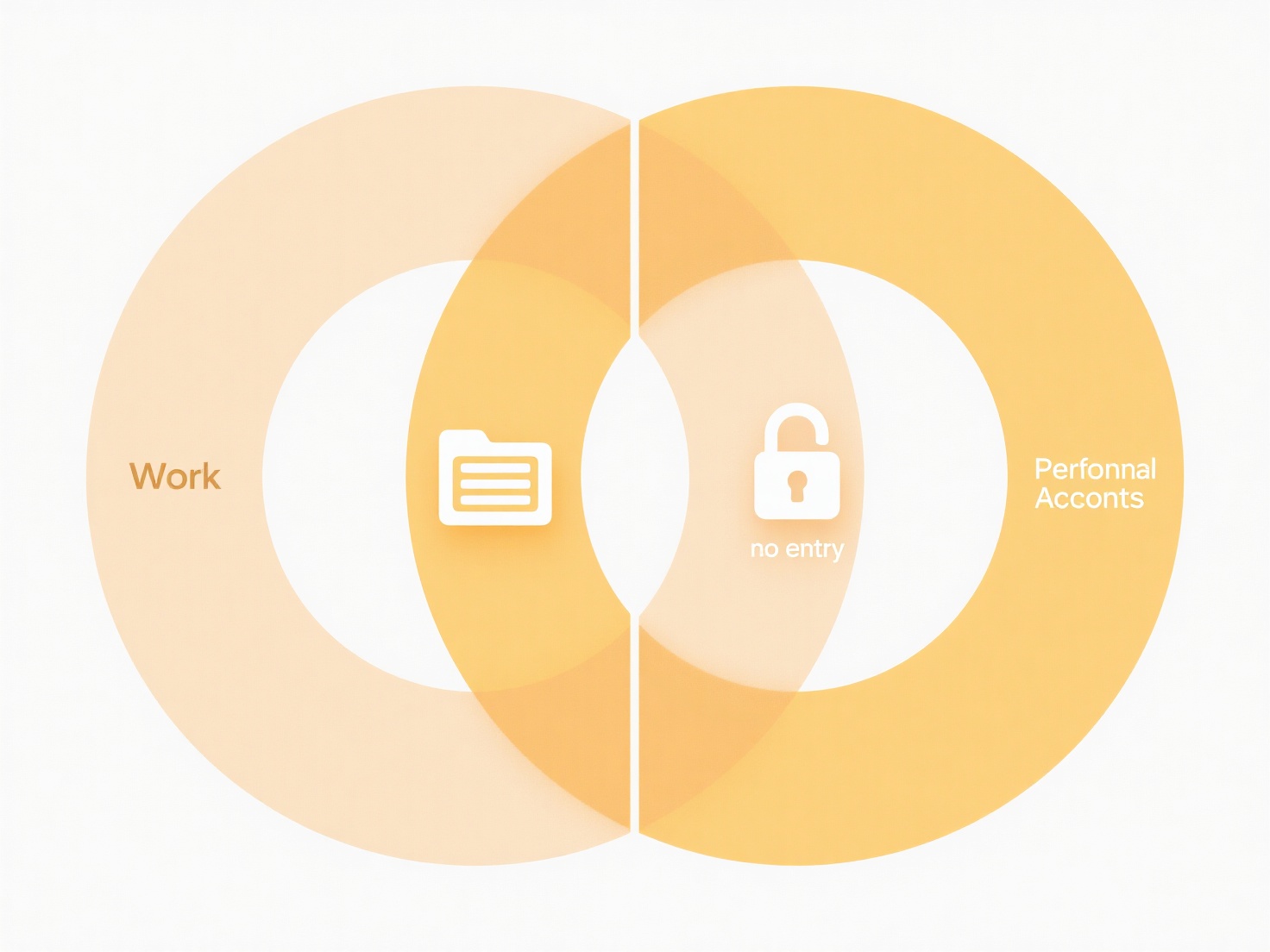
Google Drive identifies and manages duplicate files using a technique called deduplication. When you attempt to upload a file, Drive calculates a unique digital fingerprint (a hash) based on the file's content. If this hash matches an existing file already stored in your Drive, and you are uploading to the same account, Drive recognizes it as a duplicate. Instead of uploading the file again and wasting storage space, it simply creates a new pointer (essentially a link) to the original file data. This process applies only to identical files within a single user's storage.

For example, if you upload a large project report to Drive and later upload the exact same file again to a different folder within your account, Drive won't store a second physical copy. Similarly, when your mobile phone automatically backs up photos, uploading an identical picture taken seconds apart (if unchanged) won't consume additional storage; Drive will reference the existing copy. This is efficient for users frequently backing up unchanged documents or syncing identical files across multiple devices.
This deduplication saves significant storage space on Google's servers and makes file synchronization faster for users since identical data isn't transferred repeatedly. However, a key limitation is that duplicates are only managed within a single user's storage; different users uploading identical files each use their own storage quota. While highly efficient and resource-conserving, users should be aware that uploading the same file to multiple locations in their own Drive doesn't grant them independent copies; changes to one instance affect all linked pointers.
How does Google Drive handle duplicate uploads?
Google Drive identifies and manages duplicate files using a technique called deduplication. When you attempt to upload a file, Drive calculates a unique digital fingerprint (a hash) based on the file's content. If this hash matches an existing file already stored in your Drive, and you are uploading to the same account, Drive recognizes it as a duplicate. Instead of uploading the file again and wasting storage space, it simply creates a new pointer (essentially a link) to the original file data. This process applies only to identical files within a single user's storage.

For example, if you upload a large project report to Drive and later upload the exact same file again to a different folder within your account, Drive won't store a second physical copy. Similarly, when your mobile phone automatically backs up photos, uploading an identical picture taken seconds apart (if unchanged) won't consume additional storage; Drive will reference the existing copy. This is efficient for users frequently backing up unchanged documents or syncing identical files across multiple devices.
This deduplication saves significant storage space on Google's servers and makes file synchronization faster for users since identical data isn't transferred repeatedly. However, a key limitation is that duplicates are only managed within a single user's storage; different users uploading identical files each use their own storage quota. While highly efficient and resource-conserving, users should be aware that uploading the same file to multiple locations in their own Drive doesn't grant them independent copies; changes to one instance affect all linked pointers.
Quick Article Links
Can I hide rarely used folders?
Hiding rarely used folders means changing their visibility within your file browser to reduce clutter without deleting o...
Can file names be case-sensitive?
File name case-sensitivity determines whether an operating system treats filenames differing only in uppercase and lower...
What permissions should I use in shared folders?
Shared folder permissions control who can view or change files and directories accessed by multiple users. Common permis...